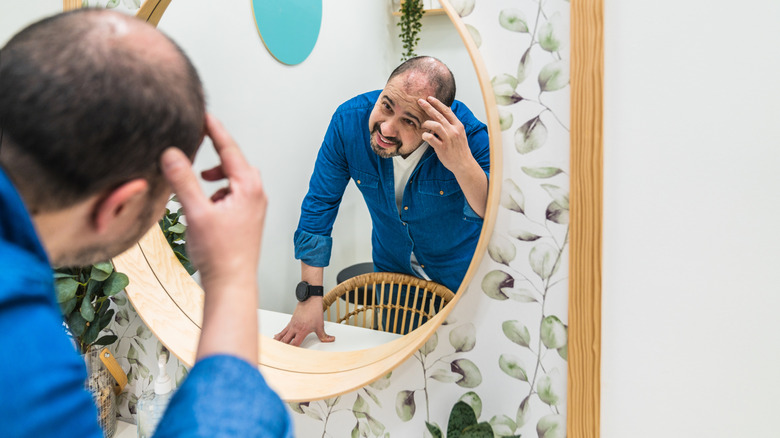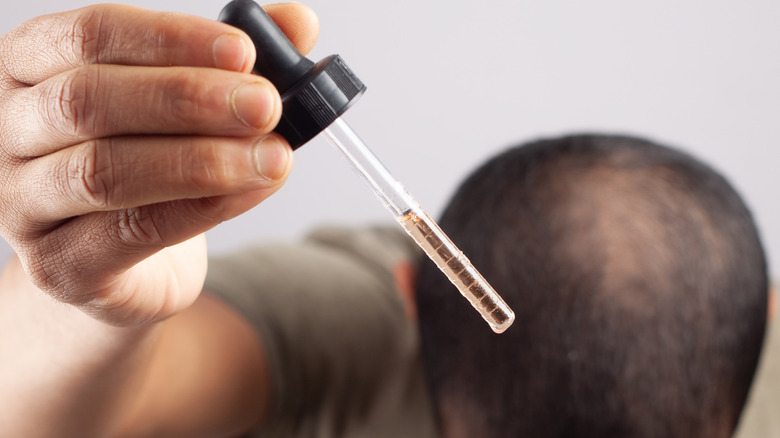Why Exactly Do Humans Go Bald?
Baldness is a common occurrence for men, but it can happen to women, as well. Our hair is a big part of our appearance and identity, and any type of hair loss changes that, from hair thinning, a receding hair line, spotting baldness, to full baldness. Some people embrace going bald and their new look, as well as the much faster showers they have in the morning. But others want to find ways to save their hair.
The biggest cause of hair loss is a phenomenon known as male pattern baldness (something for which there might now be an actual cure). As the name implies, this only affects men and is an inherited condition based on genetics. That said, both sexes can have hair loss from other causes, such as health conditions like alopecia areata, high stress, nutritional deficiencies such as a lack of iron, and certain medications like those used in chemotherapy. The good news is that, depending on the cause of your hair loss, it can be saved with health-centric lifestyle changes or medications.
Causes of baldness
Male pattern baldness is a genetic hereditary condition. It makes up the vast majority of baldness cases. It is caused by hair follicle sensitivity to dihydrotestosterone, which is a byproduct of testosterone. That's why this condition generally affects men rather than women, as women usually have much less testosterone in their bodies.
Other health conditions can cause hair loss in both sexes. Alopecia areata is an autoimmune disease that makes the body's immune system attack hair follicles. This leads to hair loss in spots. One type of alopecia areata, known as alopecia totalis, can cause complete baldness. Stress or trauma may be one of the major causes of baldness or mild hair loss, but in those cases, hair typically grows back. Deficiency in key vitamins and minerals like iron, protein, and vitamin D can also thin out your hair.
There are even medications that affect the hair, though it typically grows back after the medication is discontinued. Chemotherapy drugs, immunosuppressants, antidepressants, blood pressure medications, drugs that lower cholesterol, anticoagulants, and more are known to cause hair loss.
Treatments and prevention for baldness
Male pattern baldness has a range of medications and procedures to help. Medicine is available in both prescription and over-the-counter options, though these usually take months before any progress is seen.
For other baldness cases, there are some different options. Hair transplant procedures take healthy hair follicles from one section of your scalp and transplant them to sections where hair is not growing. Laser therapy is a relatively new approach that has yielded some positive results. Researchers are continuing to look for breakthrough hair loss solutions to widen the range of what can be done to help people.
Can you prevent baldness? In the case of male pattern baldness, recognizing and treating it early can yield the best results. Reducing and managing stress through yoga, meditation, or seeing a therapist — or eating a well-balanced and healthy diet — can help. You can also discuss any medications you are on or might begin to take with your doctor to see how they may impact your hair and if there are alternatives available. No matter what caused a specific instance of hair loss, there are solutions to prevent and treat it if you decide not to embrace going bald.


